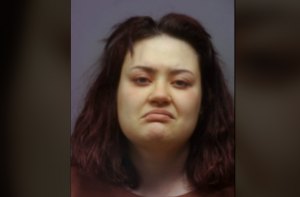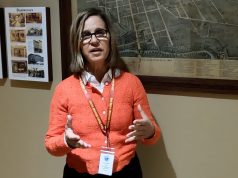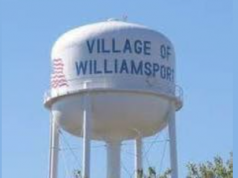Trish Bennett, Editor

CIRCLEVILLE – As national pharmacy chains announce the upcoming availability of Naloxone without a prescription, local law enforcement and health care providers weigh in on the pros and cons of such a move.
Naloxone is the generic form of Narcan, an opioid overdose reversal medicine that can save the lives of overdose victims when administered in time.
CVS Health announced earlier this month the medication will become available at their pharmacies in Ohio without a prescription beginning in late March. Kroger made a similar announcement this week, with the product available in its Ohio pharmacies beginning Feb. 17.
With heroin use considered a major problem in Pickaway County and throughout the state, local officials know easy access to Naloxone can be seen as enabling an addict to continue their destructive behavior. However, the bottom line, they say, is that it does save lives.
Barry Bennett, director of Pickaway Area Recovery Services (PARS), is a strong supporter of the move because he has seen first-hand the devastating effects of addiction.
“A lot of people have come up to me and said they think it gives license to the addicts to continue to use heroin,” Bennett said. “I basically disagree. We’ve had enough overdoses in central Ohio for a lifetime.”
Bennett said for an addict, the possibility of dying from an overdose often does not enter the thought process, but for families who are also suffering through the addiction, it can provide even a small peace of mind.
“Every one of those people have a mom, a dad, a brother or sister, and Naloxone can bring their loved one back,” he said. “I’m all for trying to save lives.”
Chief Marc Zingarelli, Circleville Fire Department, said he certainly appreciates the need but has mixed feelings about public availability of the drug.
“On one hand, I’m worried because where’s the incentive for someone to get help if there’s always something there to reverse it?” Zingarelli said. “On the other hand, you’ve got that family member you don’t want to lose who keeps going down the wrong path. It’s a help to the family of the addict, but I don’t think it’s helping the addict get where they need to be.”
Sheriff Robert Radcliff, Pickaway County Sheriff’s Office, said he also understands the struggle between focusing on treating the overdose or treating the addiction.
“You don’t want to perpetuate the problem, yet the problem is a disease,” Radcliff said. “Once people become addicted, even if they’re trying to quit, sometimes they have relapses. We’ve got the responsibility to try and save lives, regardless of the reason.”
That is why Radcliff said he not only supports the public availability of Naloxone but also to put the life-saving drug in the hands of Pickaway County deputies.
The sheriff’s office recently partnered with the Pickaway County General Health District to obtain a grant to equip deputies with Naloxone through Project DAWN (Deaths Avoided With Naloxone).
The program, sponsored through the Ohio Department of Health, is a community-based overdose education and Naloxone distribution program. Participants receive training on recognizing the signs and symptoms of overdose; distinguishing between different types of overdose; performing rescue breathing; calling emergency medical services; and administering intranasal Naloxone.
“When we learned from the Attorney General’s Heroin Unit there were grants available, we reached out to the health department to get them to apply for it,” Radcliff said. “We’ve been approved for the grant, and the health department is working on the policies right now. The goal is to have it in place by the end of this month.”
Radcliff said he felt it was important for deputies, as well as EMTs, to have access to the drug because they are often the first to arrive at the scene of an overdose and can now take immediate action to reverse it.
He said in working with the Attorney General’s Heroin Unit, he has met recovering addicts who would not be alive today if Naloxone was not in the hands of EMTs and law enforcement.
“Maybe it can become a wake-up call, and if it does that for one person, we’ve done good,” Radcliff said. “If we save one person and that person changes their direction and seeks help, that’s a good thing.”
This article originally appeared on The Pickaway News Journal









